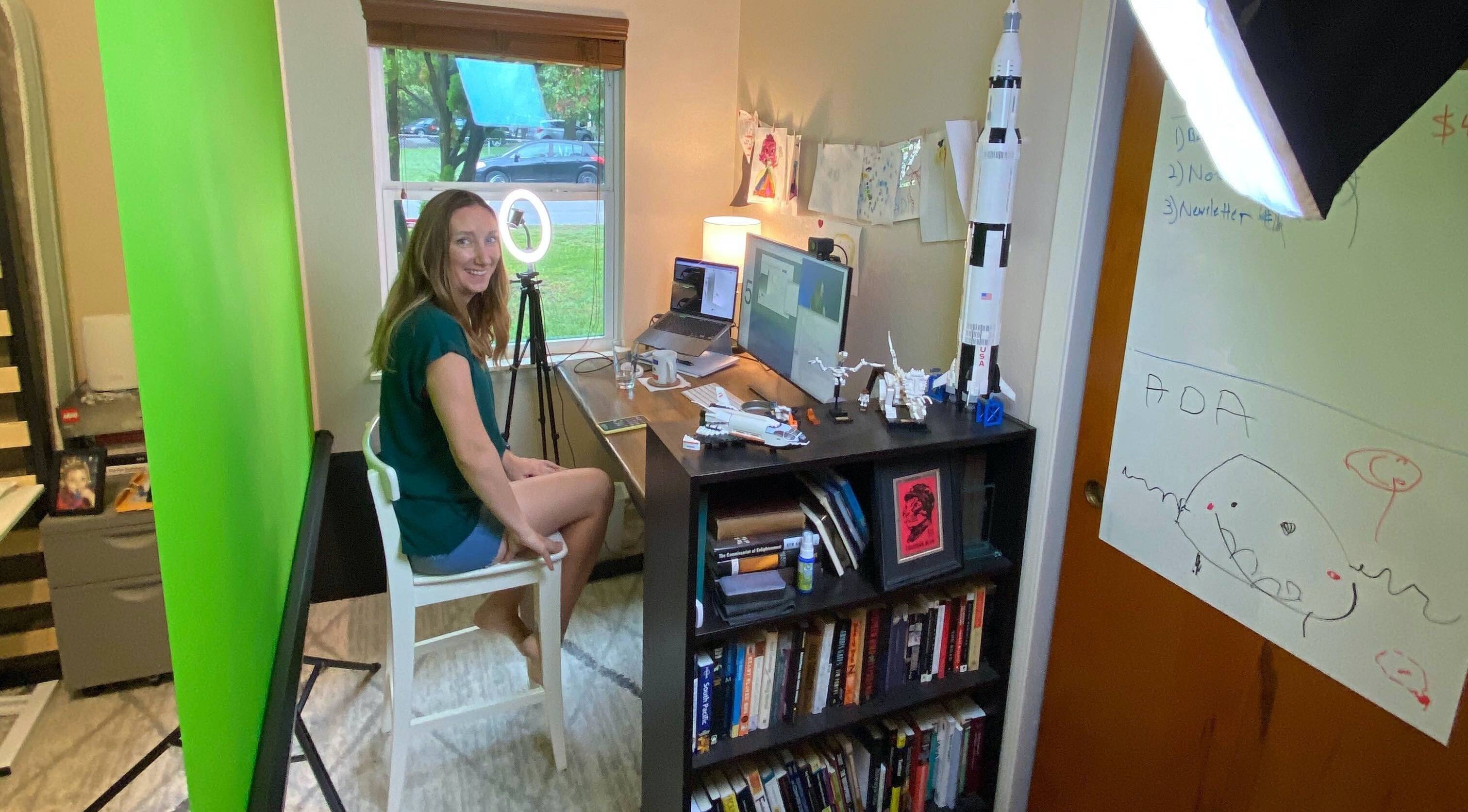2021 has been a year, huh? Just two weeks into this promising new year, and somehow it’s gotten off to an even worse start than last year.
We’re living through a time of “unprecedented turmoil” (a phrase I read about once a week in the news). There’s a lot going on, like the out-of-control pandemic, an attempted coup, and rampant systemic racism, not to mention a thousand other things. It can be hard to focus on something like selling B2B software during times of global crisis.
But the reality is, if you're lucky enough to find yourself still employed, you can't stop working. You may close your office for a day, tell your team to take some personal time, pause your social posts, even find yourself wondering why you’re sitting at your desk when so much is going on around you.
But your customers are still logging in. Your prospects are still evaluating your solution relative to your competitors'. Your employees are still coming to work. Your business has to keep going, despite everything going on around you.
Communicating in a crisis
Public relations teams spend a lot of time planning for what happens when their company is at the center of a crisis. We wrote extensively about crisis communication at Cision, for example. It’s one of the core functions of a PR team.
But communicating in a crisis isn’t just a PR job now. All of us are having to figure out how to appropriately conduct business in the middle of a huge crisis that doesn't directly involve most of our companies.
Communicating in a crisis is something I've thought about a lot throughout my career, as I've worked in communications for two decades, headed up a global comms team for a major corporation, and founded two companies. I want to encourage a company culture that values employee engagement, mental health, and civic participation. And lately it often feels like that latter value is at odds with the first two.
It's been more than 300 days since our working world changed due to COVID-19 and today it's an even more urgent crisis than it's ever been, while at the same time, it's somehow also just our daily existence.
How do you market in these conditions? Does your B2B software really matter when thousands of people are dying from COVID every day? Can you get on a sales demo when our elected officials are encouraging government insurrection among their followers? How can customers keep emailing with support questions when there's a real possibility of a domestic terrorist attack in the next week?
The thing is, you have to keep going. We still have to do our jobs. But how do you do your job right now?
Some people can just ignore the outside world. For some individual employees, this might work - just continue your demos and your calls and your work. It’s a distraction, a purpose, a paycheck. That doesn't work for all of us, though.
And companies absolutely cannot and should not ignore the outside world.
Edelman’s been saying for a while that companies should take a stand on social issues, because consumers pay attention to a brand’s purpose and buy based on those beliefs. That also means your customers - and your employees - are paying attention to how you communicate in and around a crisis, even when that crisis isn’t your own.
How do you market in a time of crisis?
You can't stop marketing, even when the world seems like it's falling apart. But you can stop marketing badly. Here are a few of the guidelines we follow at Gradient Works as we're trying to negotiate the balance between business and breaking down.
1. Think about timing.
Be proactive about what you send when. Pause scheduled marketing and communications when something big is going on. And try to plan around expected events. For example, next week around the US presidential inauguration is likely to be disruptive (at a minimum). At Gradient Works, we've planned around that, and won’t issue a newsletter or kick off any major campaigns next week. Plan your editorial calendar around major events, and pay attention to the news to be prepared for unexpected events when you can. More on reacting in a minute.
2. Curate your content carefully.
Think about what you're sending out. Are you trying to get people to download a 20-page report in the midst of a COVID outbreak in their community? Are you looking for webinar attendees during inauguration? Send out shorter or simpler content during times when you suspect your audience's attention may be elsewhere. Save the bigger content for later.
When you do communicate, try to convey empathy around whatever is going on. Stay appropriate in both tone and substance to events around you. Every company’s approach to this is different. Some CEOs will want to make a public statement about their political stance. Others prefer to say something warm or caring. Some will just tone down the sales talk. None of these are wrong, as long as you’re doing what’s authentic to your brand, and reflects the emotions of the time.
3. Select the right medium.
When a lot is going on around you, it's best to communicate in a format that’s easy to consume later. For example, we won’t tweet when Twitter is already overloaded with real-time updates on an event. No one will see your posts, and if they do, they're unlikely to pay attention to them and won't be able to find them later. Instead, try an email they can look back at later.
4. Tell your audience where to get more.
Crises will impact everyone in your audience differently. You will have some customers impacted directly by what's going on, and they may not open your emails for weeks, if ever. But you'll also have customers who aren’t affected at all by what’s going on, and still want to do business. Help the people who want more information; make it easy to find out more or follow up or reach out. Keep things simple for the broader audience, but make room for those who want more.
5. Move quickly.
Most of the time, a crisis comes up out of nowhere. You typically can’t predict a terrorist attack or natural disaster. Make sure your systems are flexible and can be paused at a moment’s notice. Know when and how to pause social media posts, reschedule marketing campaigns, and move sales demos. You also need to keep an eye on the news, so figure out a way to stay up-to-date without losing hours doom scrolling.
6. Plan ahead.
Make sure you have a plan for what to do the next time a crisis happens. You’ve probably thought about how to handle a crisis that directly affects your company, but you may not have a formal plan for a more general world crisis. Set up communication channels, share clear guidelines with your customer-facing employees, and try to get ahead of whatever is coming next. Use what we've learned over the past few months to shape your plan moving forward.
You're human, and your marketing can be human
You can’t stop marketing, but you can stop marketing badly.
Personally, I've found it hard to work for the past week (really, for the past 300+ days, but who's counting), when it feels like truly horrible and historic things are happening all around us. But not working doesn't help anything. So, if you're like me and trying to figure out how to market in a crisis, you're not alone. You're human, and the things going on around you can be hard to manage. That's okay.
Market like you'd like to be marketed to right now. Acknowledge what's going on, communicate compassionately, and just keep moving forward.




